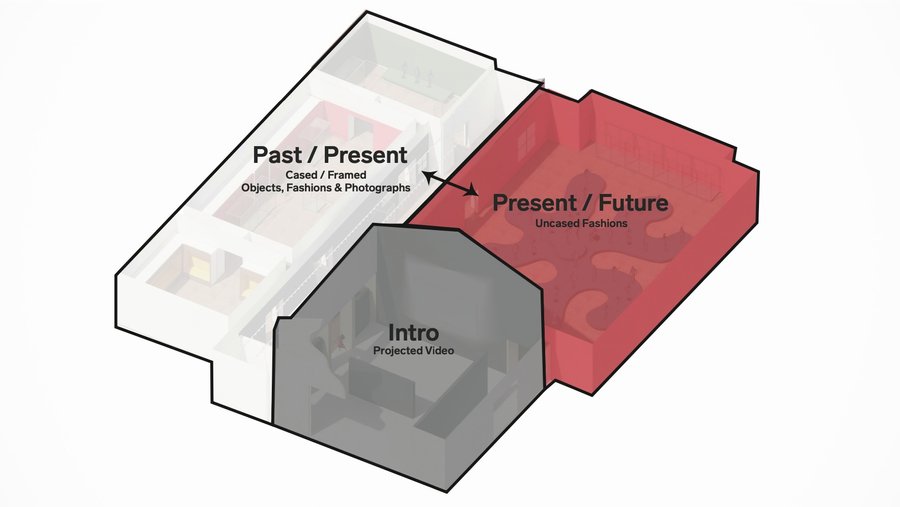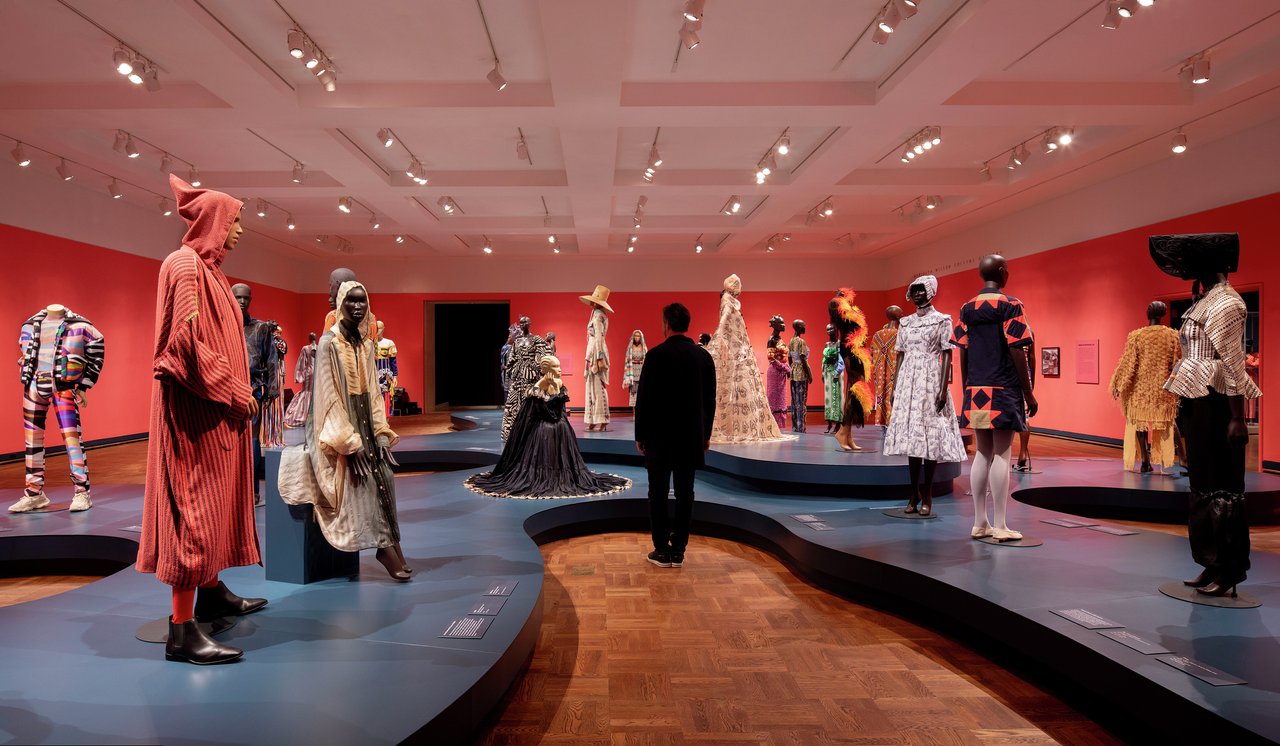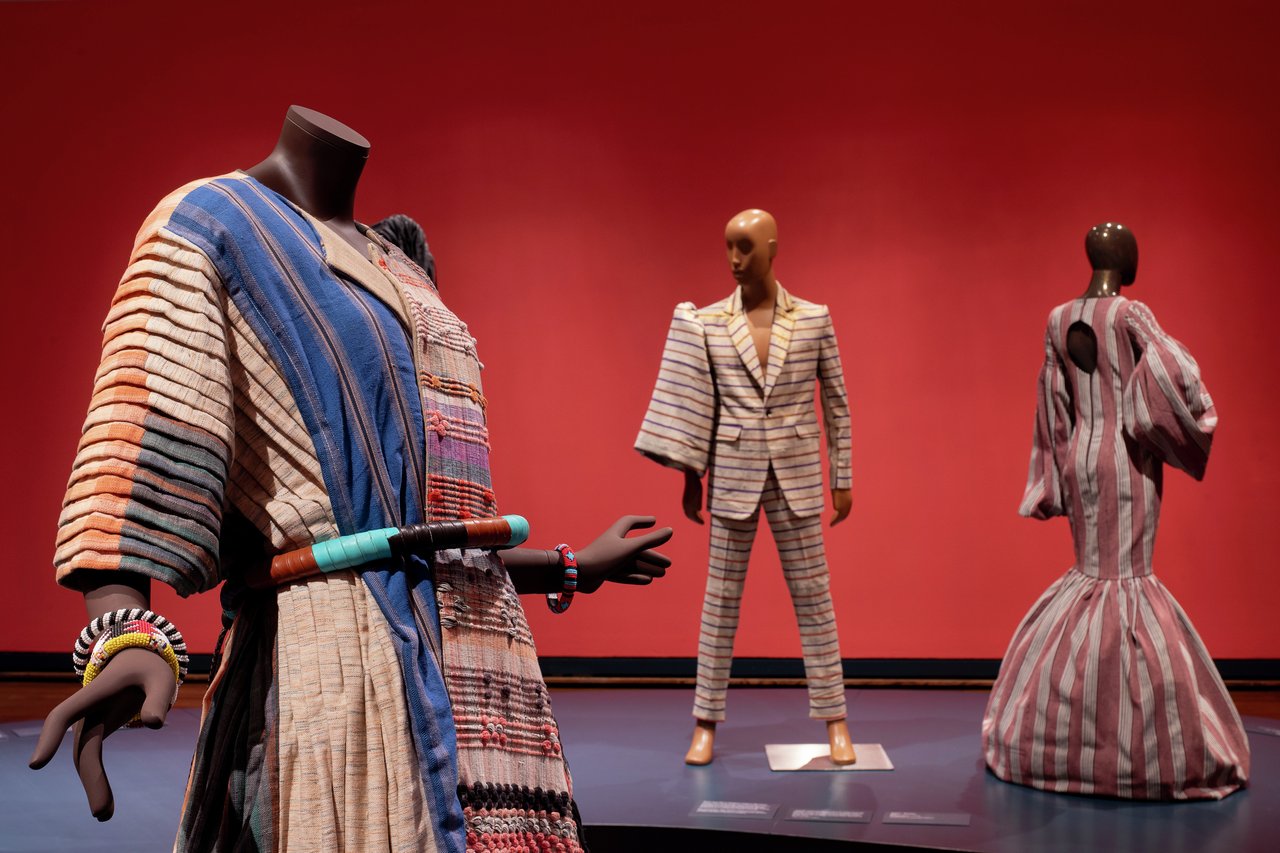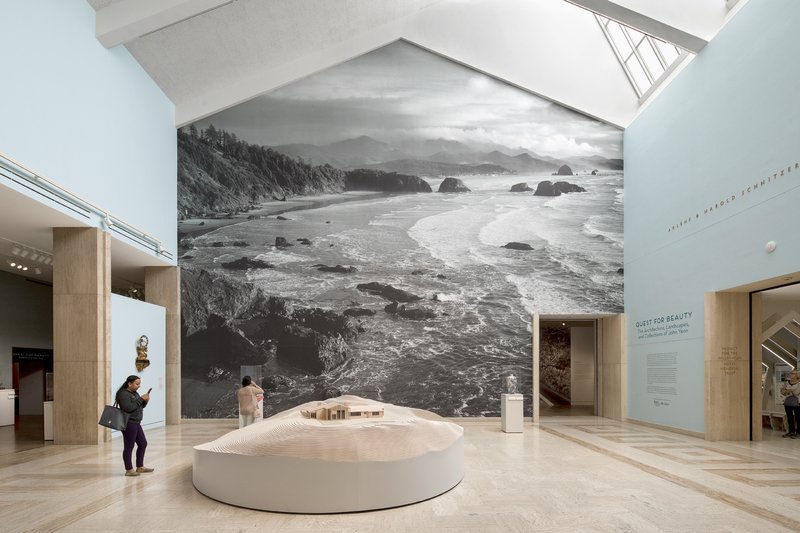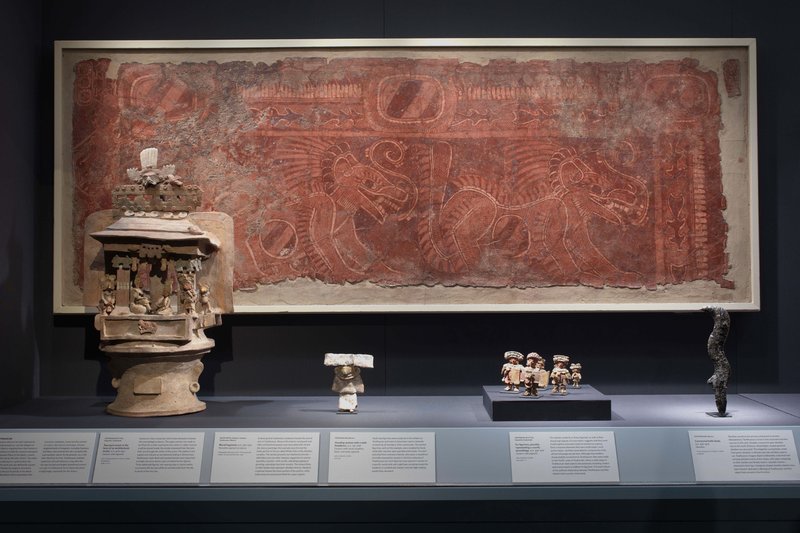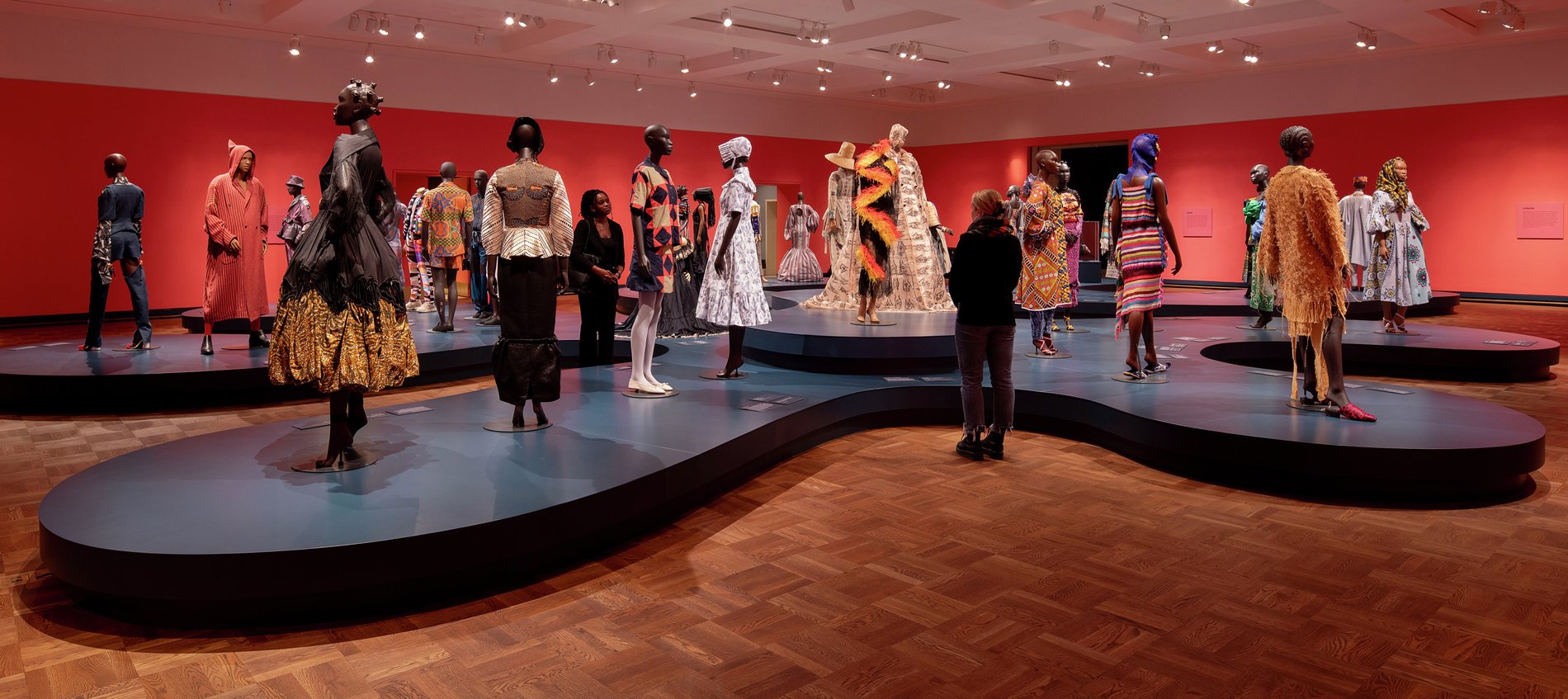
Africa Fashion
LEVER designed "Africa Fashion" at the Portland Art Museum, the exhibition is a tribute to the richness and diversity of African creativity, cultures, and histories through the medium of fashion. Stretching across time from the late 19th century to the present, the exhibition encompasses garments, textiles, and objects complemented by cultural touchstones such as books, magazines, records, and photographs. From traditional fabrics to the post-liberation era, it captures the transformative influence of self-fashioning and the remarkable variety of contemporary clothing designs emanating from the African continent.
Exhibition organized by the Victoria and Albert Museum, London. Curated by the V&A’s Christine Checinska, Ph.D., Senior Curator of African and Diaspora Textiles and Fashion, with Project Curator Elisabeth Murray. Curated for Portland Art Museum by Julia Dolan, Ph.D., The Portland Art Museum’s Minor White Senior Curator of Photography.
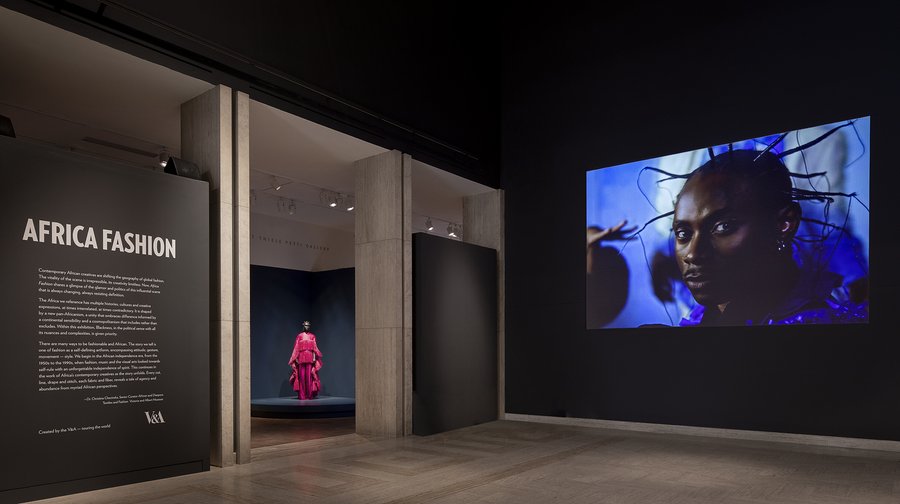
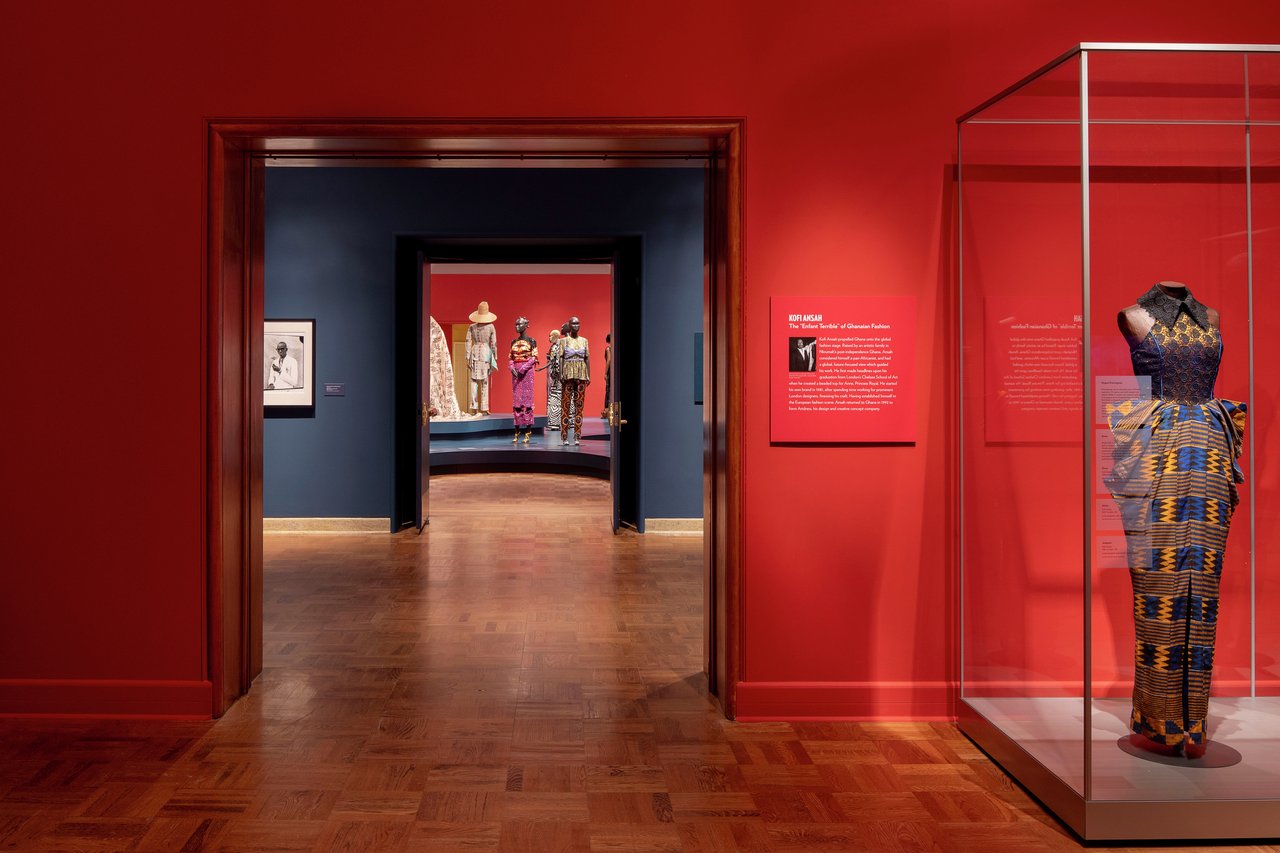
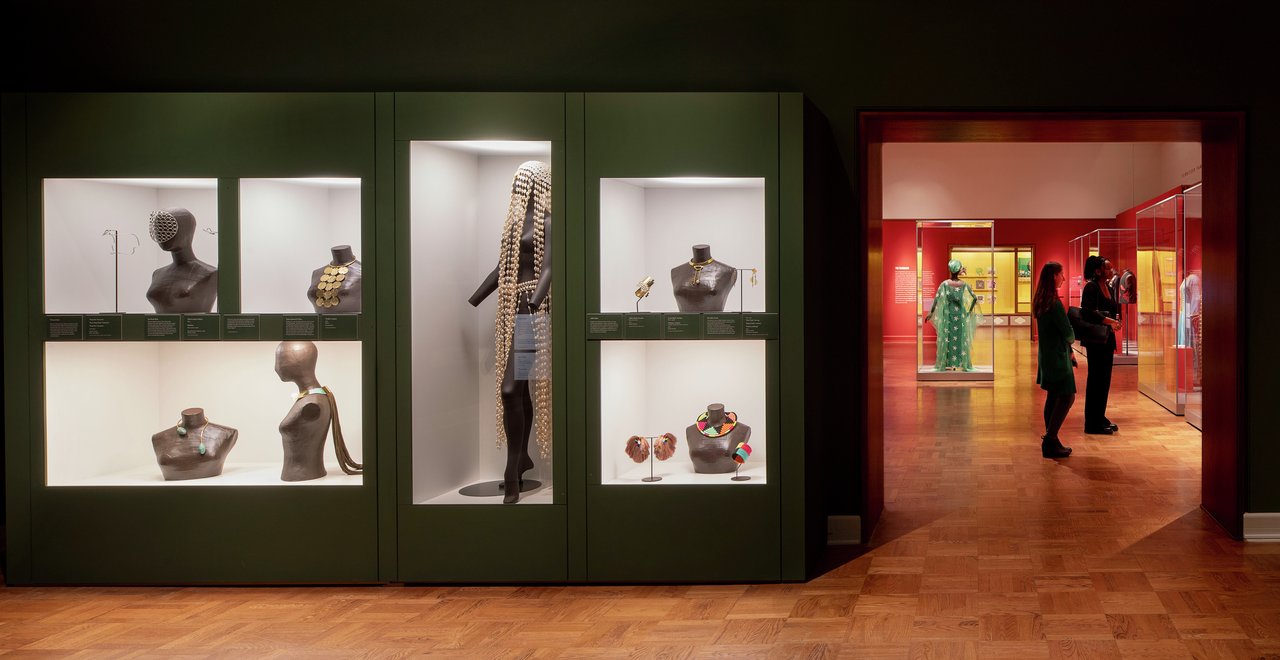
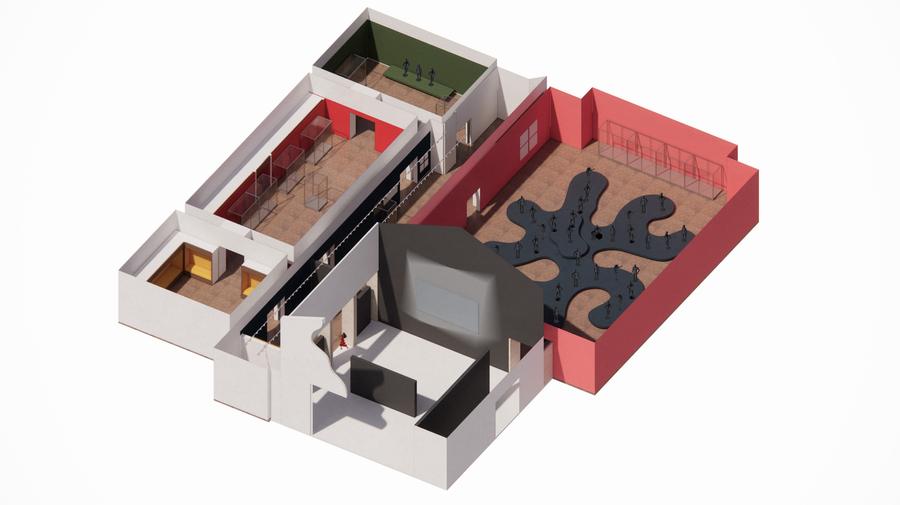
Exhibition Plan
In the spatial organization of the exhibition, key historical periods are contextualized and navigated through galleries representing the past and present. The design seamlessly guides visitors to view the future in one unifying singular platform
